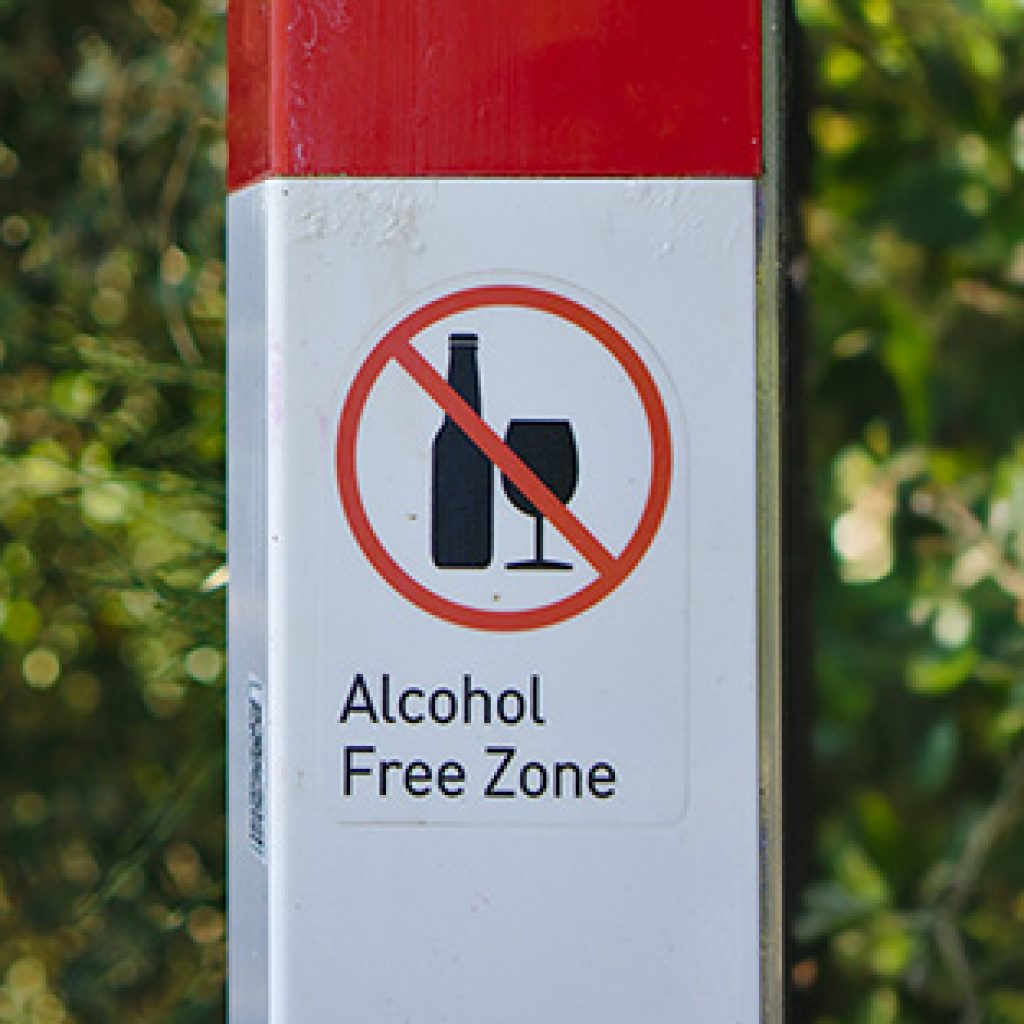Telehealth: A Technology Whose Time Has Come
Technology and Innovation
What do zippers, tea bags, pilot communications, synthetic rubber, the telegraph, ultrasound, microwave ovens, radio navigation, the jet engine, nuclear power, and radar all have in common? All of these innovations and technologies developed during war to meet needs of the military and expanded into everyday life afterwards. Wars and other crises have spurred the development of many technological advances over the course of history, and this may make us wonder about how the coronavirus pandemic will affect technology. In fact, the Atlantic Council, a nonpartisan organization that “galvanizes US leadership and engagement in the world in partnership with allies and partners, to shape solutions to global challenges” published a report recently about the very topic.
The Expert survey series: COVID-19’s potential impact on global technology and data innovation, surveyed 100 technology experts about their expectations of the impact of COVID-19 on innovation in five key fields: the future of work, data and Artificial Intelligence (AI), trust and supply chains, space commercialization, and health and medicine. While the report states that some countries will not achieve significant innovations within the next few years, western nations, including the US, can expect to see innovation in medical, supply chain, and work-related technologies. From what is happening with telehealth, the findings of the report appear to be accurate. While telehealth was already a part of the picture for healthcare and behavioral health, the pandemic has accelerated its development and it is likely that its use – and the subsequent changes in how and where providers and clients interact – will be firmly established as a key component of healthcare and behavioral healthcare once the pandemic crisis has lifted. As summarized below, a recent article cited five reasons telehealth is here to stay (Mondaq Business Briefing, 2020):
- Telehealth Adoption And Readiness To Embrace Technology – willingness to use telehealth prompted by stay at home orders, coupled with availability of virtual visits have resulted in both patients and healthcare professionals embracing telehealth. Behavioral health use of virtual visits for mental health needs have hit record highs due to survey results showing that 45% of respondents’ mental health has been impacted by the coronavirus crisis, with rises in relapse, domestic violence, and first-time psychiatric referrals. Moreover, federal funds have funded expansion of telehealth efforts.
- Lowered Regulatory Barriers (At Least For Now) – Telehealth enables services to be rendered in a safe and effective manner and also reduces the need for personal protective equipment (PPE) to reserve supplies for medical professionals who need it to treat COVID-19 patients. Federal regulations have been eased for Medicare and waivers are available for services to be provided at any location. Waivers also permit new patients for Medicare reimbursement. HIPAA standards now allow the use of telehealth platforms during the pandemic emergency. The Drug Enforcement Administration (DEA) relaxed prescribing policies to allow controlled substances to be prescribed as the result of telehealth appointments.
- Improved Financial Impact And Reimbursements – Reimbursement and compensation for professional services restrictions have been lifted and Medicare, Medicaid, and other payers are often reimbursing at the same rate for office visits or virtual care.
- Video Telehealth Is Great But It Could (And Will) Be Even Better – Innovations such as a telehealth-connected stethoscope, infrared thermometer, and otoscope show that technology will find a way to improve access for telehealth visits.
- Untapped Potential: Looking Towards The Future Of Telehealth – While the current surge in telehealth is being driven by the pandemic, there is the potential for development of innovations that will impact the future of healthcare and behavioral healthcare by spurring the development of even more technologies and opening wide the door to progress that was only cracked before COVID-19.
What is Telehealth?
According to the Addiction Technology Transfer Center (ATTC) Network Telehealth Learning Series Frequently Asked Questions (FAQs), “Telehealth uses computers, phones, and internet-supported mobile devices to deliver healthcare services, including mental health and substance use disorder treatment and recovery. The COVID-19 pandemic and the need for physical distancing accelerated the shift toward telehealth and reduced many of the barriers to providing telehealth, including administering medications such as buprenorphine. This is causing many healthcare organizations to rapidly implement new protocols and policies to address the organizational, clinical, technological, financial, and workforce changes needed to effectively manage this change process and minimize direct contact between patients, providers, and other staff. Many healthcare organizations are starting this process in response to COVID-19 with a focus on better understanding where telehealth and services delivered virtually will integrate into their sustained services post COVID-19.” If you are a behavioral health provider or a client, you will by now be familiar with the limitations that social distancing and other measures to avoid infection with COVID-19 has had (and will continue to have) on obtaining or delivering services. The ATTC Telehealth Learning Series for SUD Treatment and Recovery Support Providers has answer to most of the questions you can think of to ask, if not all, in the FAQ document, along with a staggering number of resources. Links for accessing this information are provided in the resources below.
Does it Work?
One evidence map (a rapid of abbreviated review based on systematic review methodology) described the impact of telehealth intervention on clinical outcomes, utilization, or cost (Totten, et al., 2016). The mapping effort identified 58 systematic reviews meeting the inclusion criteria. 7 of the systematic reviews were for the Behavioral Health field, with an N of 32,770 patients. The reviews were evaluated for mental health treatment for unspecified conditions, treatment of depression and anxiety, and addiction treatment, including substance abuse, smoking cessation, alcohol abuse, and pathological gambling. Positive results were reported for chronic conditions and behavioral health, “when telehealth is used for providing communication/counseling and monitoring/management.” (Totten, et al., 2016). The authors suggested that future research focus on effectiveness and on emerging models of care for telehealth. While a full review of the literature on effectiveness of telehealth in behavioral health is beyond the scope of this blog, to date at least 82 articles have been published that cite this publication, providing some insight into the further research that is being done on telehealth, its applications and effectiveness. In short, yes, telehealth works. Furthermore, it is cost effective and convenient and is a part of the prevention, treatment and recovery landscape of the future. It behooves behavioral health providers to embrace this new technology and become proficient. Fortunately, there are many resources and tools to help providers and their clients to benefit from this evolving and effective way of service provision. Just a few of the resources are listed below.
Telehealth Resources and Tools
Many of the following resources were developed early in the COVID-19/Corona virus pandemic to help behavioral health providers to accommodate people faced with recommendations for social distancing, face coverings, and other means to reduce the risk of becoming ill or spreading disease.
- Telehealth Learning Series for Substance Use Disorder (SUD) Treatment and Recovery Support Providers
The Addiction Technology Transfer Center (ATTC) Network, the Center for Excellence on Protected Health Information (CoE-PHI), the National Consortium of Telehealth Resource Centers, and the Center for the Application of Substance Abuse Technologies (CASAT) at the University of Nevada – Reno (UNR) are facilitating a FREE, national online discussion and resource sharing opportunity for substance use disorder (SUD) treatment providers and peer support specialists faced with transitioning their services to the use of telephone and videoconferencing methods in response to COVID-19 social distancing guidelines. The ATTC also has a plethora of toolkits, print media, multimedia and other materials in their Products & Resources Catalog
The Prevention Technology Transfer Center Network (PTTC) to assist prevention professionals as they transition to delivering services and programming from face-to-face to virtual settings. Additional resources will be added to this page as they are developed. Resources include videos, Podcasts, and Print media.
The Mental Health Technology Transfer Center Network (MHTTC) has responded to the current public health emergency by providing definitions and evidence base for telehealth. Upcoming events by the MHTTC include best practices, adaptations, and innovations for telehealth available in the MHTTC Products and Resources page.
- New Ethical Dilemmas in the Digital Age: Telehealth Technologies and Treatment – Online Video available through CASAT Training. Presenter: Michelle Padden, MSW, CSW, LSW – Registration
Additional materials and links can be found in the CASAT OnDemand Resources & Downloads page.
Catalyst blog posts with information and resources relevant to the topic of telehealth include:
- Helping Others And Helping Ourselves To Stay Healthy And Cope With COVID-19: What The Professionals Are Saying
- How COVID-19 Can Impact People in Recovery and What Providers Can Do About It
- Breaking Down Barriers to Treatment: Reaching Parity for Rural Clients with Co-occurring Substance Use Disorders and Serious Mental Illness
- Overcoming Barriers to MAT: Bridging the Gap Between Research and Treatment in Nevada
- Medication Assisted Treatment: The Basics in Nevada
What can you add to the conversation? Please post your ideas, resources and experiences in the comment section below!
References
Five reasons why telehealth is here to stay (COVID-19 and beyond). (2020, ). Mondaq Business Briefing
Scott, S. (2020). Expert survey series: COVID-19’s potential impact on global technology and data innovation – Atlantic Council. Atlantic Council. Retrieved 29 July 2020, from https://www.atlanticcouncil.org/blogs/geotech-cues/covid-19s-potential-impact-on-global-technology-and-data-innovation/.
Totten AM, Womack DM, Eden KB, et al. Telehealth: Mapping the Evidence for Patient Outcomes From Systematic Reviews. Rockville (MD): Agency for Healthcare Research and Quality (US); 2016.
Blog Post Tags:
Related Blog Posts
Related Learning Labs
Related Resources
.
- Buscar Tratamiento de Calidad para Trastornos de uso de Sustancia (Finding Quality Treatment for Substance Use Disorders Spanish Version)
- Finding Quality Treatment for Substance Use Disorders
- Focus On Prevention: Strategies and Programs to Prevent Substance Use
- Monthly Variation in Substance Use Initiation Among Full-Time College Students
- The National Survey on Drug Use and Health (NSDUH) Report: Monthly Variation in Substance Use Initiation Among Adolescents








